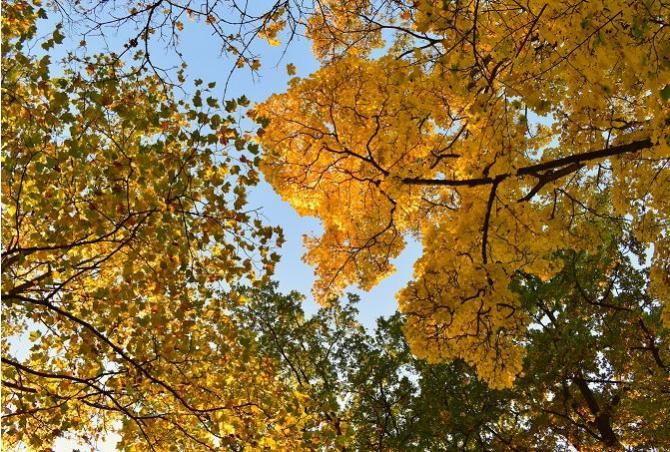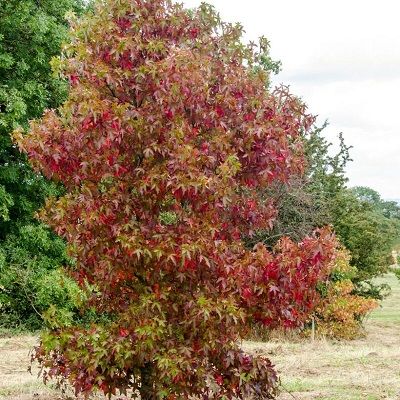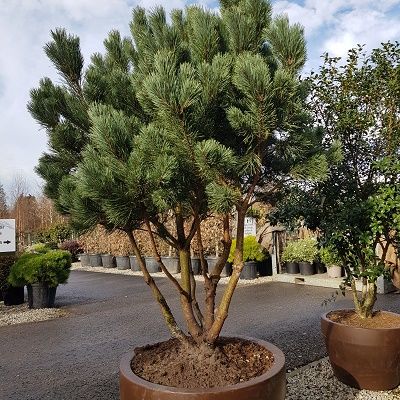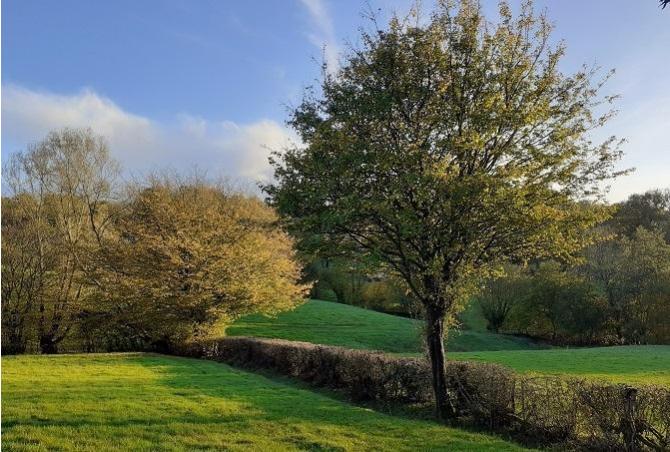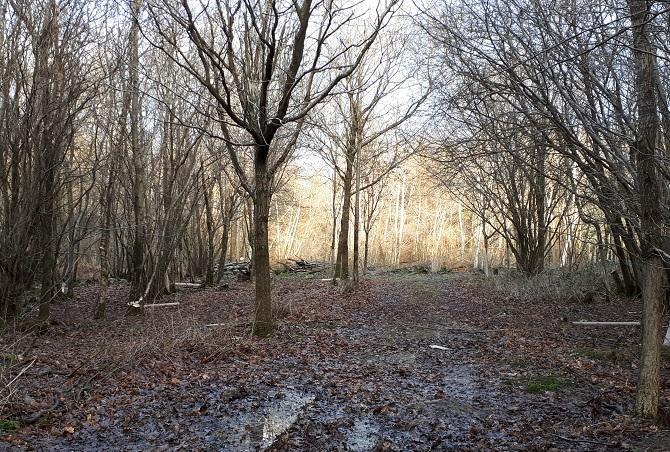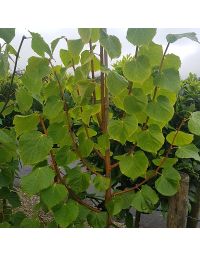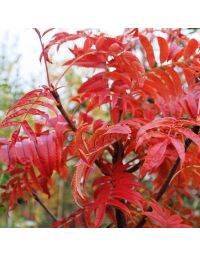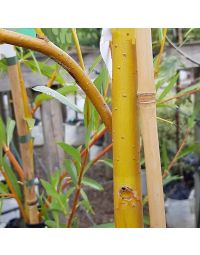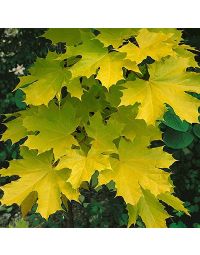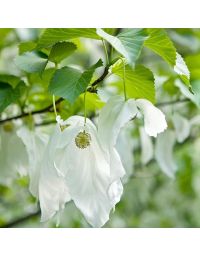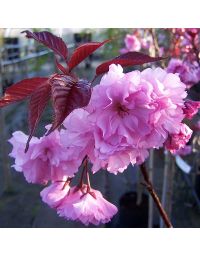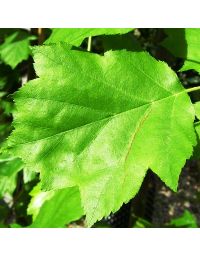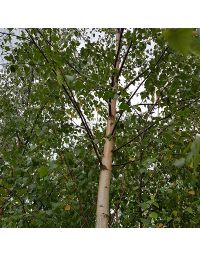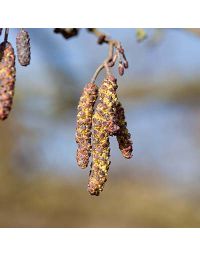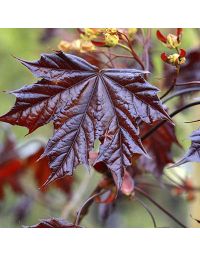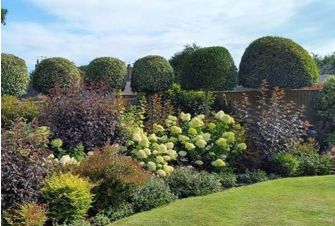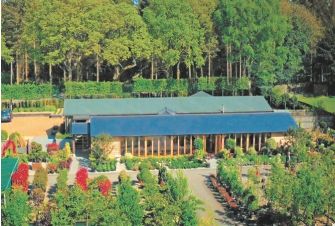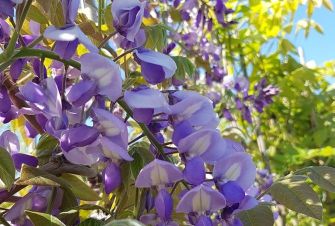Her Majesty The Queen has become the first British Monarch to celebrate a Platinum Jubilee, marking a magnificent 70 years of service. In honour of this momentous year, 2022, The Queen's Green Canopy initiative urges everyone to Plant a Tree for the Jubilee. This is an action that will have positive consequences for the decades and centuries to come.

It's clear to see and to understand the aesthetic value of a tree within the landscape, but not immediately obvious what is going on behind the scenes. Why do trees matter so much and what difference will it make if you plant one?
10 Benefits Provided by Trees
Trees are now high on the agenda when it comes to tackling climate change. Never think that one tree can't make a difference. Each and every tree is valuable in many different ways, including:
- Improving the quality of air whilst locking up carbon. Trees are natural air-cleaning devices that have evolved to remove carbondioxide from the atmosphere together with particulates and pollutants. Some trees absorb more than others and evergreens continue to do this all year round. This is just one reason why it's important to plant a wide range of trees, not just single species.
- Trees produce oxygen, thereby creating cleaner pockets of air which are oxygen-rich. This is a valuable asset to human health.
-

- Trees alleviate the risk of flooding. Their roots intercept water and interrupt the flow. The leaves and branches slow down the rate that rain hits the ground. Tree roots also stabilise and anchor the soil, reducing erosion and the chance of mud-slides. Studies have shown that up to 30 per cent of rain can evaporate back into the atmosphere directly from the tree canopy. In a world where extreme weather events are increasing, this is highly significant.
- The biodiversity benefit of trees is hugely important. This encompasses different forms of life in one area, including animals, plants, fungi and microorganisms such as bacteria. They all work together to support life and maintain a healthy balance. A location without trees is missing a vital part of the ecosystem.
- Trees provide important and essential habitats for wildlife. They also supply food on the tree itself and within the leaf litter. Did you know that an oak tree can support over 280 species of insect, for example?
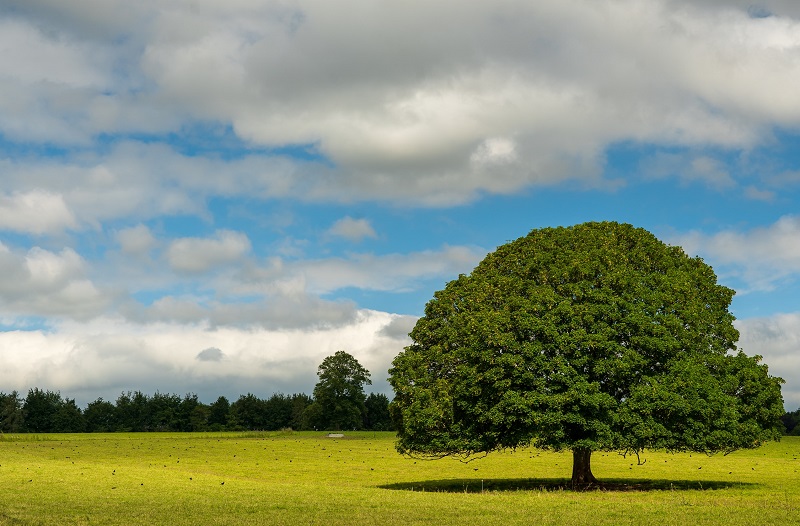
- They provide shade and shelter. Many trees are highly effective wind-filtering devices and this offers protection for buildings, communities and crops. Did you know that poplars are traditionally used around orchards? They have a light, upright canopy that slows down the wind-flow whilst producing only light shade. This helps pollinating insects to 'set' the fruit. Trees cool down locations, as explained by the urban heat island effect.
- Trees can provide food for humans too. Fruit in its many forms is highly nutritional.
- Of course, wood is valuable for fuel and as a building material. Wood is widely regarded as one of the most useful and versatile materials on the planet.
- Trees are good for both mental and physical health. People function better, in all respects, for being able to connect with nature. The biophilia hypothosis explains the human affinity to other living things - with trees being the largest plants on the planet.
- Last, but by no means least: trees are a sight to behold and a thing of great beauty. They bring structure and meaning to a landscape and provide a wealth of aesthetic joy.
Which tree is the right tree?
THE most important thing to think about before sourcing and planting a tree is: WHICH TREE? The right plant in the right place is crucial for the long-term health and development of the tree. Here's our checklist of items to consider:
- Proximity to buildings, overhead cables and other trees - i.e. the space available.
- Type and condition of soil.
- Local conditions, eg. is it a windy site; liable to flooding; near to the sea; prone to drought.
- The aspect: will it occupy a sunny space or a shady one?
- What purpose should your tree fulfil, i.e. do you want an ornamental tree; a tree for wildlife or a productive fruit tree?
- Are you looking for interesting bark; spring flowers; good autumn leaf colour?
- Evergreen or deciduous?
- Consider the shape that pleases you. A tree can be spreading and wide, it can be upright and narrow, weeping, or have multiple stems. There are many other possibiities too!
Once you know the answers to all those points, it's time to look at some of the tree options. This is the fun part - be sure to take time to enjoy the process.
Whatever tree or trees you decide to plant, aftercare is vital, especially for the first two or three years. Be sure to water them during dry weather. Check the tree ties and stakes regularly. Gently prune off any damaged or rubbing branches. A bit of TLC at the beginning will ensure lifelong success.
The specialists at English Woodlands are always pleased to advise and can provide you with recommendations for the right tree in the right place. The nursery is open six days per week and welcomes visitors at Cross-in-Hand, East Sussex, TN21 0UG, You can telephone: 01435 862992 or use the contact form on the website.
How to plant a tree
The process of physically planting a tree doesn't need to be arduous, nor is it complicated. It can be as simple as making a slot in the earth with a planting spade, then sliding a small, bare-root plant into the space. The slot should be closed - using your heel, for example. Just ensure the roots come into contact with the soil Bare rooted plants can be used from November to March each year when the plants are dormant. Remember to mark the spot where your tree was planted and to give it water during dry periods until it has established!
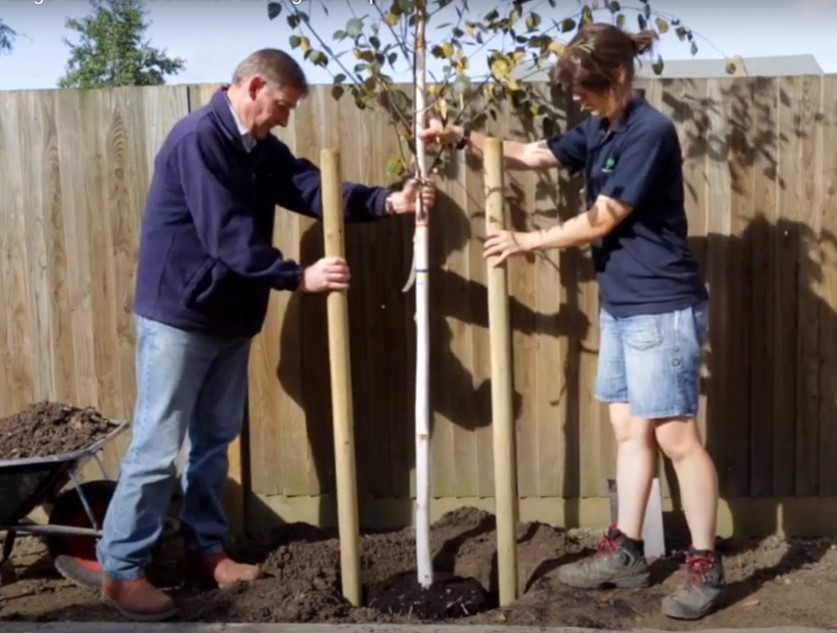
Container-grown trees can be planted at any time of year avoiding periods when the ground is frozen.
Larger trees will need a suitable hole dug in order to incorporate all the roots. It is wise to prepare the surrounding soil and to incorporate additional compost, where soil improvement is required. Mycorrhizal fungi is important. This organic fungi helps roots establish and enables trees to develop good root systems which will help them thrive.
Most trees will benefit from staking and support The posts will keep the tree upright and prevent too much wind damage until the roots establish. There are many different types of staking, including underground anchors.
Include protection of your tree stem in areas where it might be vulnerable to nibbling from rabbits or deer. There are tree protectors that will do the trick. Also consider provention against damage from strimmers by using a strimmer guard.
Watch a video explaining the process of tree planting HERE
Trees have an asset value
Every tree planted is valuable, but did you know that the monetary value of trees can now be calculated? This acknowledges that trees have a social and commercial value, particularly within an urban setting. A recent London iTree survey found that the London urban forest comprised 8,421,000 trees which were valued at £132.7 million per year.
After Planting a Tree for the Jubilee
You will be able to add it to an INTERACTIVE MAP where it will mark the very special year of Her Majesty The Queen's Platinum Jubilee.
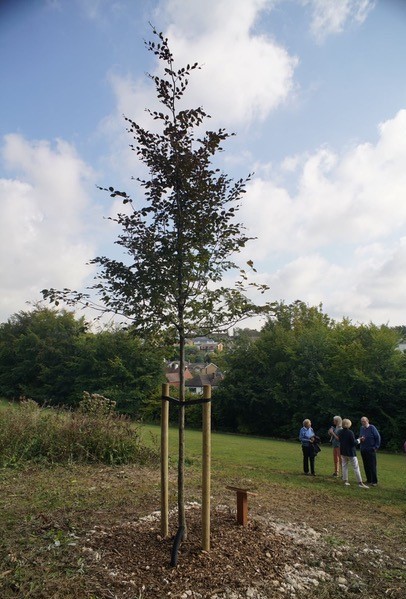
Visit the Queen's Green Canopy information page HERE

